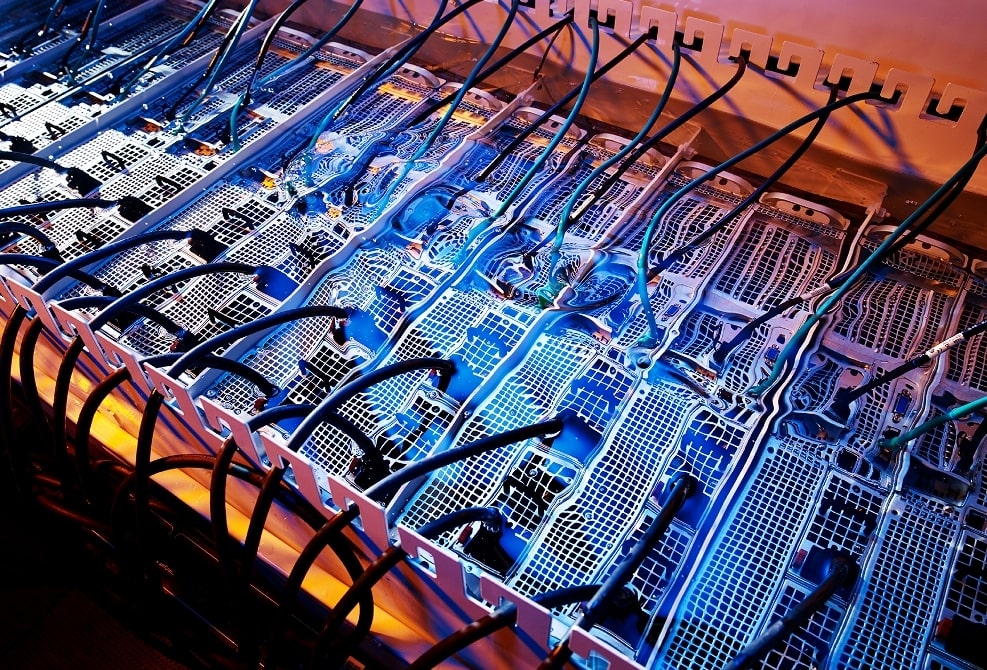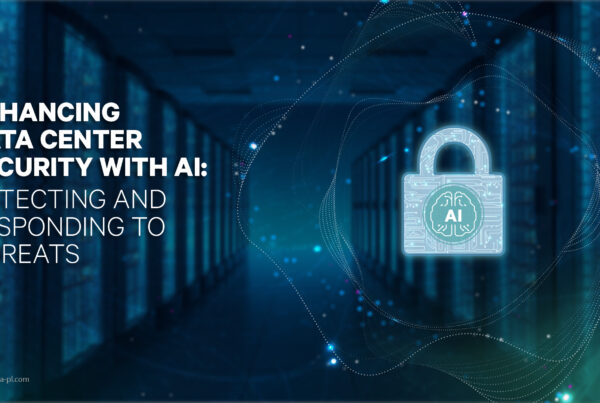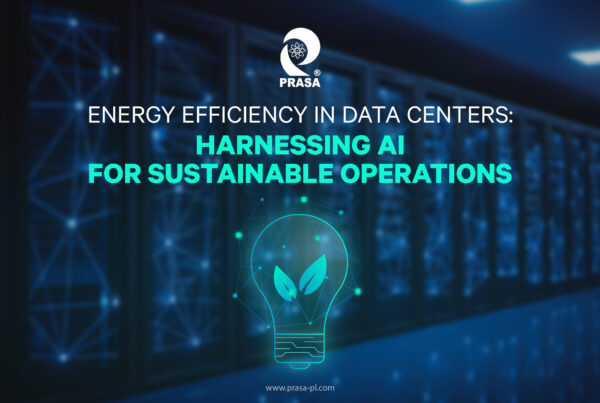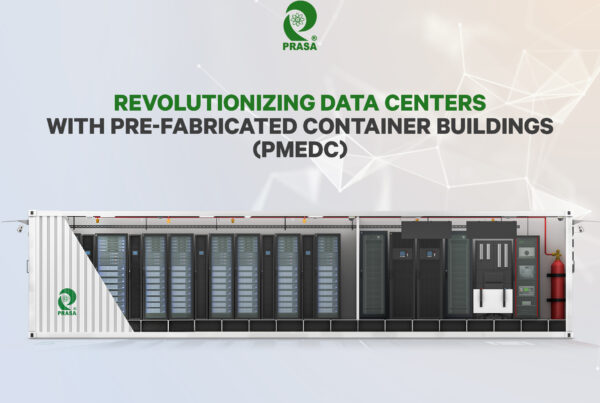The new-age digital disruptions are increasing the power density of the data center, making the racks denser and cooling difficult. This has brought in liquid immersion cooling solutions, which were traditionally reserved for mainframes and supercomputers, to the enterprise data center.
The demand for IoT, AI, ML, big data applications, and edge computing are creating a requirement for liquid cooling technology because the data centers are demanding high-power servers to meet their business processing needs. Sometimes when the racks in a data center are populated with these servers, the rack density can exceed the limit of air cooling, also rendering the method ineffective from a cost perspective.
With things changing around the data center, some user trends are appearing related to Liquid Immersion Cooling. It is slowly becoming an integral part of data centers, as they embrace themselves to handle all the workloads from data-driven next-gen technologies.
1. Edge Computing
Edge computing is rapidly changing the world of data storage and processing. The urgent need to reduce latency and is creating the demand for a new generation of micro data centers at the edge. Edge data centers can be located in wireless towers, inside shipping containers at various locations like commercial spaces, smart cities, healthcare institutes, educational institutes, etc. They are located near the population centers and with the current requirements more and more of them will host high-density computing hardware.
To support such heavy workloads in smaller, confined spaces, where traditional cooling options will not be available or practical, liquid cooling is deemed to be widespread. Along with lowering the energy consumption of these edge deployments, liquid cooling also makes deployment at edge sites easy, where high capacity power feeds might not be available.
All the factors that demand edge computing and high-capacity computing call for liquid cooling too.
2. High-Efficiency Cooling for High-Density Storage
Reliance on data is constantly on the rise and more data means higher storage density at the data center. For efficiently cooling these high-density storage units effective and precision cooling is needed. The earlier version of hard disks was non-sealed, and could not be cooled with liquid. However, the hard disks with more recent technologies allow that option, as they are completely sealed and can be cooled with full immersion. Also to support high-speed read and write functions, the modern storage hardware creates a helium environment by sealing the drives, which again make them suitable for liquid cooling.
3. Prevalence of Artificial Intelligence and Machine Learning
As artificial intelligence and similar loads are becoming common practice across all industry verticals, accelerator processors are making their way into the enterprise data center. Technologies that function at zero-latency process information at astronomical speeds with the help of accelerate systems, which further the requirements of all latency-sensitive services. These hardware accelerators have higher cooling requirements, so much so that, they need about 200W or more for cooling. Along with a high-performance server the cooling need of the individual system can be almost 1kW.
4. Energy Intensive Conventional Cooling Systems
Liquid cooling doesn’t necessarily come in only when air cooling cannot handle the density of the data center. The economics of immersion also play an important role when it comes to liquid cooling. Immersion Cooling considerably reduces the energy consumption, which not only reduces the power bill but also gives advantage with respect to carbon credit.
Air cooling systems account for almost 30% of the power consumption in a data center. By switching to liquid immersion cooling this percentage can be brought down as much as. PUE of an immersion-cooled data center can be as low as 1.05.
The common notion dictated that it is only for high-density computing, but with time, liquid immersion cooling has proved multiple benefits for even the mainstream customers. The promise of higher efficiency and lower operational costs make liquid immersion a favorite among data center managers.
Prasa has partnered with Green revolution Cooling for Liquid Immersion Cooling Solutions. Prasa is the first and only #Prasa is the first and only partner of GRC to offer Liquid Immersion Cooling solutions in India. Read more here.





